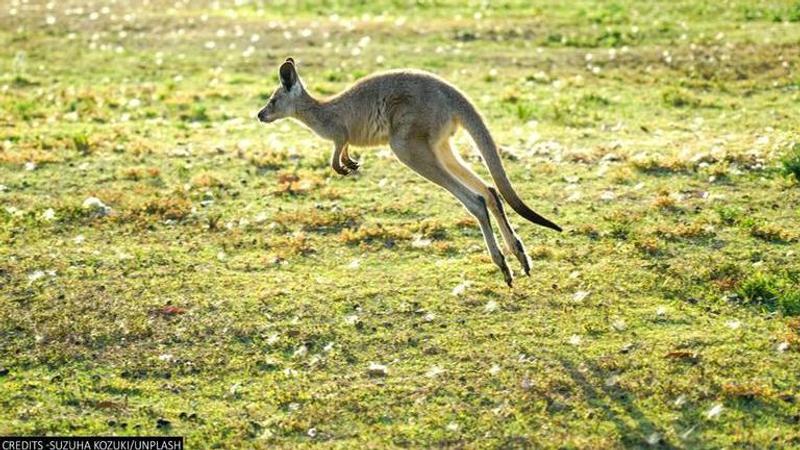Published 16:16 IST, March 25th 2021
Researchers discover ancient tree-climbing kangaroos, affectionately call them 'Climberoo'
In a first, a team of experts in Australia have identified a previously unknown species of Kangaroo that spent half their lives on trees.

null | Image:
self
Advertisement
16:16 IST, March 25th 2021



